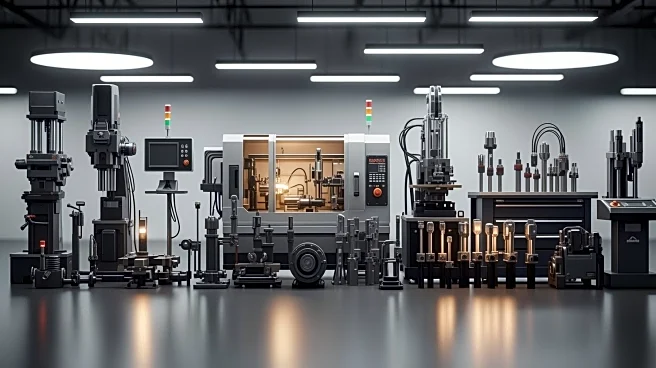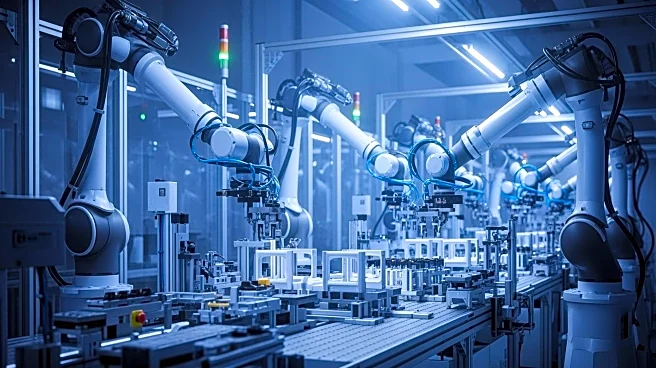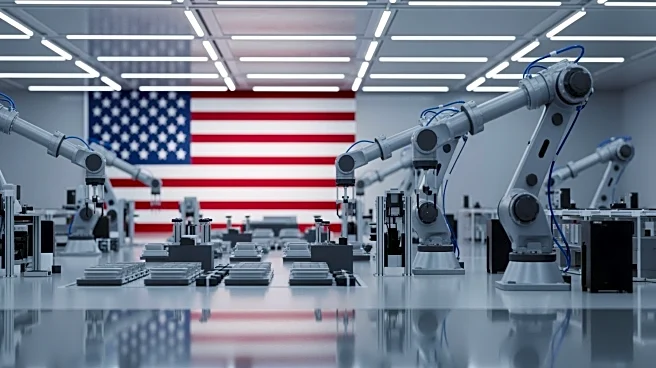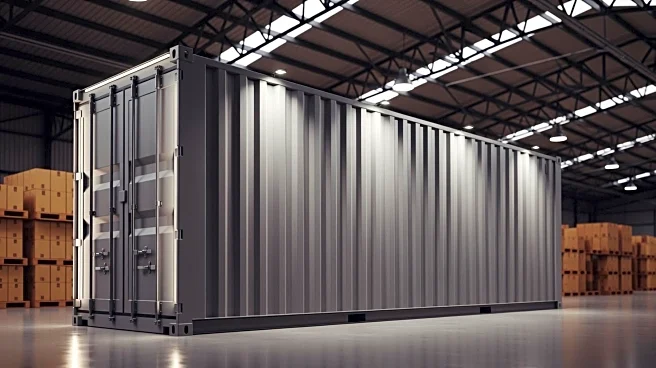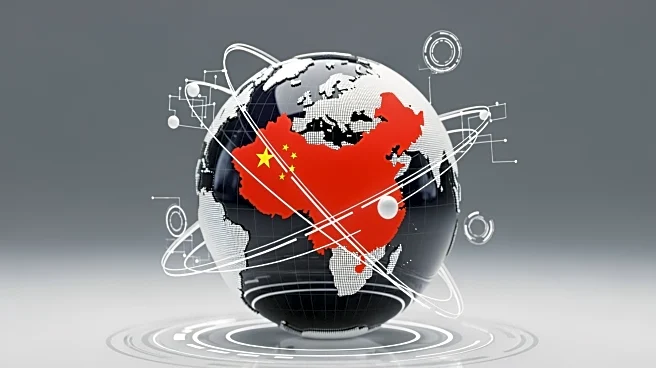What's Happening?
In 2025, U.S. manufacturers are facing significant challenges due to tariffs and slow reshoring efforts. Jim Sorge, president of Glenro, a manufacturing company in Kentucky, reports that despite a 30%
increase in international sales, the company is struggling with tariffs on raw materials and new trade barriers. A survey by Wipfli indicates that small-to-medium-sized manufacturers are experiencing negative effects from tariff and trade policies, with revenue declines between 10% and 40%. The unpredictable nature of tariffs under President Trump's administration has created an uncertain business environment, hindering reshoring efforts and causing manufacturers to delay major investments.
Why It's Important?
The current tariff and trade policies are impacting the U.S. manufacturing sector, which is crucial for economic growth and job creation. The slow progress in reshoring efforts, coupled with high tariffs, is affecting the competitiveness of U.S. manufacturers in the global market. This situation underscores the need for stable and predictable trade policies to encourage investment and growth in the manufacturing industry. The ongoing challenges highlight the importance of strategic planning and adaptability for manufacturers to navigate the complex trade environment.
What's Next?
Manufacturers are likely to continue facing challenges as they adapt to the evolving trade landscape. Companies may need to explore innovative strategies to mitigate the impact of tariffs and improve operational efficiency. The potential for policy changes and the outcome of ongoing trade negotiations will be critical factors influencing the future of the U.S. manufacturing sector. Stakeholders, including industry leaders and policymakers, will need to collaborate to address these challenges and support the growth of domestic manufacturing.
Beyond the Headlines
The current trade environment raises questions about the long-term sustainability of U.S. manufacturing and the effectiveness of reshoring initiatives. The ethical and economic implications of tariff policies, as well as their impact on global trade relations, warrant further examination. The situation also highlights the resilience and ingenuity of manufacturers as they seek to overcome obstacles and remain competitive in a challenging market.


